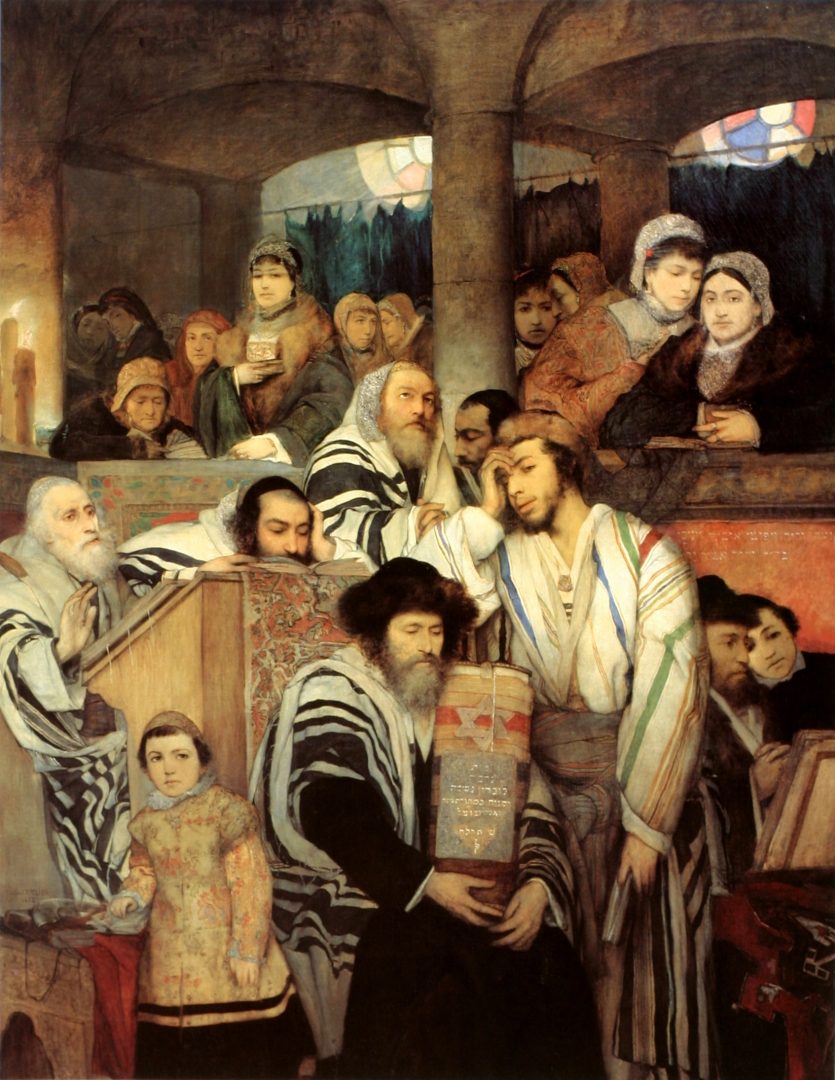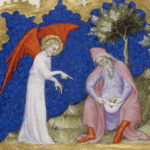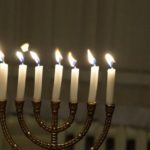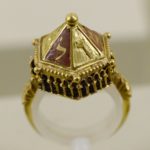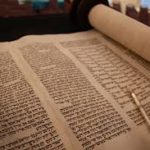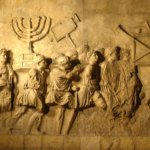The name Yom Kippur translates to Day of Atonement. This is probably the most celebrated of the Jewish holidays. The purpose of the holiday is to make your last appeal to God to forgive you for your sins against God for the year.
To prepare for this holiday you want to atone for sins you may have committed against others. You want to make peace with them, and right the wrong and it must be done before Yom Kippur if you want to be at peace for the next year.
As with most Jewish customs, Yom Kippur is rich with traditions.
Yom Kippur begins before sunset on the evening before and continues and ends after nightfall on the day of Yom Kippur. There are five things that are not allowed on Yom Kippur. These are
1. Eating and drinking
2. Wearing leather shoes
3. Having marital relations
4. Bathing or washing for pleasure
5. Anointing with cosmetics or lotions
The real chore on Yom Kippur is prayer and most of it is done in the synagogue. It begins the night before with the opening prayer.
~ Kol Nidrei
The Kol Nidrei is the name of the opening prayer as well as the name of the service. This particular prayer asks God to annul all the vows made to God in the next year. It is recited three times before sunset and gets progressively louder as if making a plea or request.
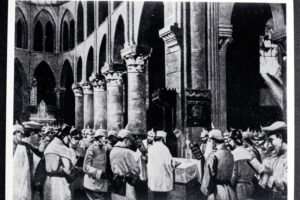 ~Maariv on Yom Kippur
~Maariv on Yom Kippur
This is a form of evening prayer, but with specifications that deal directly with Yom Kippur. It includes confessional. “Baruch Shem” (Bless God) is whispered on all other occasions, but on Yom Kippur, it is said aloud. Evening prayers end on a solemn and thoughtful note.
~Shacharit on Yom Kippur
This prayer is similar to the other holidays but again contains the confessional.
~Torah Reading on Yom Kippur
The reading of the Torah focuses on the scriptures dealing directly with Yom Kippur. You praise the sacrifices and lessons of Yom Kippur.
~Yizkor on Yom Kippur
This is a memorial prayer. Those who have not lost their parents to death leave the room and the others participate in this prayer.
~Musaf on Yom Kippur
In this prayer, there is another repetition of confessional and then is divided into two main categories. The Martyrology is the description of ten Talmudic sages who were tortured by the Romans. The Avodah tells about the purpose of the Yom Kippur and the rituals during the time of the Temple.
~Mincha on Yom Kippur
The reading of the Torah is a part of this prayer. It begins with Leviticus 18. Then the Book of Jonah is read. In Jonah, the history of how the people of Nineveh were forgiven by God is taught. Then prayers are repeated as the Torah is returned to the ark.
~Neilah
This is the last chance to plead for forgiveness. The ark is left open and this prayer lasts over an hour and participants must stand for the entire time. (Keep in mind that they have been fasting.) This ritual ends with a long blast of the Shofar.
~Maariv at the end of Yom Kippur
This prayer recognizes the end of the holiday and the end of the fast. It is a joyful prayer and a time to rejoice as sins have been forgiven.
This description is not meant to explain a fascinating and complex religion. But perhaps it can open a door to a bit of understanding for a very sacred holiday.
Reference:
www.jewfaq.org

